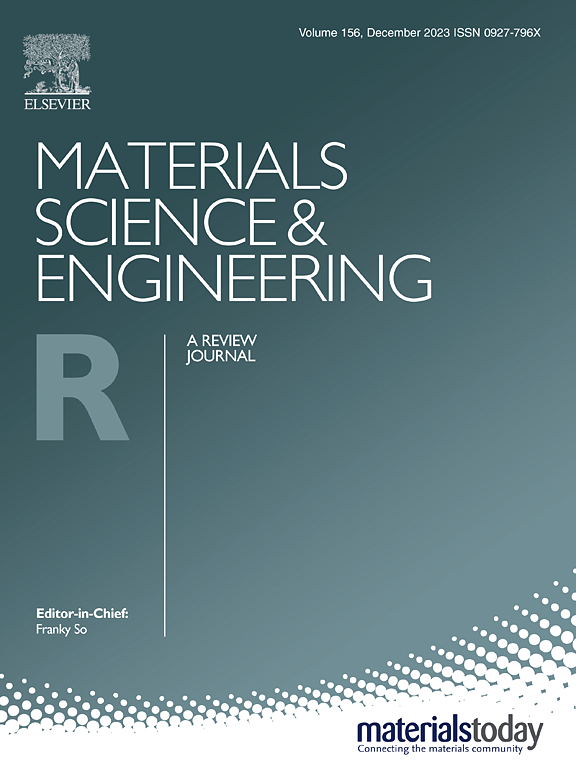Self-aligned vertical short-channel 2D transistors for CMOS inverter and digital logic circuit
IF 31.6
1区 材料科学
Q1 MATERIALS SCIENCE, MULTIDISCIPLINARY
引用次数: 0
Abstract
Transistors with size-scaling are needed to continue the Moore’s law for large-scale and high-density integrated circuit (IC) applications. However, the previous nanoscale transistors rely on precise lithography technologies, that increases the cost and complexity. This work develops a facile self-aligned etching technique for fabricating the short-channel vertical field-effect transistors (VFETs). The N-MoS2 VFETs exhibit a low subthreshold swing (SS) of 162 mV/dec, large current density exceeding 70 µA/µm and high on/off ratio up to 2.3 × 108 at bias of 3 V. The P-WSe2 VFETs also shows an exceptional performance with SS of 82 mV/dec and on/off ratio exceeding 107. By integrating N-MoS2 and P-WSe2 transistor, a CMOS inverter is achieved with a high voltage gain of 50 and noise margin of 90.4 %. Consequently, multiple vertical CMOS transistors were further interconnected to construct NAND and NOR logic circuit, demonstrating a basic digital logic application in low-power integrated circuits. The demonstration of 2 × 4 and 2 × 8 transistor arrays in one manufacturing process further proves the potential feasibility of large-scale integration. This work presents a promising pathway for 2D vertical transistor fabrication towards the applications of CMOS inverter and digital integration circuit.
用于CMOS逆变器和数字逻辑电路的自对准垂直短通道二维晶体管
在大规模和高密度集成电路(IC)应用中,需要具有尺寸缩放的晶体管来延续摩尔定律。然而,以前的纳米级晶体管依赖于精确的光刻技术,这增加了成本和复杂性。本工作开发了一种简便的自对准蚀刻技术,用于制造短沟道垂直场效应晶体管(vfet)。N-MoS2 vfet具有162 mV/dec的低亚阈值摆幅(SS)、超过70 µa /µm的大电流密度和在3 V偏置下高达2.3 × 108的高通断比。P-WSe2 vfet也表现出优异的性能,SS为82 mV/dec,开/关比超过107。通过集成N-MoS2和P-WSe2晶体管,实现了电压增益为50、噪声裕度为90.4 %的CMOS逆变器。因此,多个垂直CMOS晶体管进一步互连,构建NAND和NOR逻辑电路,展示了基本的数字逻辑在低功耗集成电路中的应用。2个 × 4和2 × 8晶体管阵列在一个制造工艺中的演示进一步证明了大规模集成的潜在可行性。这项工作为二维垂直晶体管的制造以及CMOS逆变器和数字集成电路的应用提供了一条有前途的途径。
本文章由计算机程序翻译,如有差异,请以英文原文为准。
求助全文
约1分钟内获得全文
求助全文
来源期刊

Materials Science and Engineering: R: Reports
工程技术-材料科学:综合
CiteScore
60.50
自引率
0.30%
发文量
19
审稿时长
34 days
期刊介绍:
Materials Science & Engineering R: Reports is a journal that covers a wide range of topics in the field of materials science and engineering. It publishes both experimental and theoretical research papers, providing background information and critical assessments on various topics. The journal aims to publish high-quality and novel research papers and reviews.
The subject areas covered by the journal include Materials Science (General), Electronic Materials, Optical Materials, and Magnetic Materials. In addition to regular issues, the journal also publishes special issues on key themes in the field of materials science, including Energy Materials, Materials for Health, Materials Discovery, Innovation for High Value Manufacturing, and Sustainable Materials development.
 求助内容:
求助内容: 应助结果提醒方式:
应助结果提醒方式:


